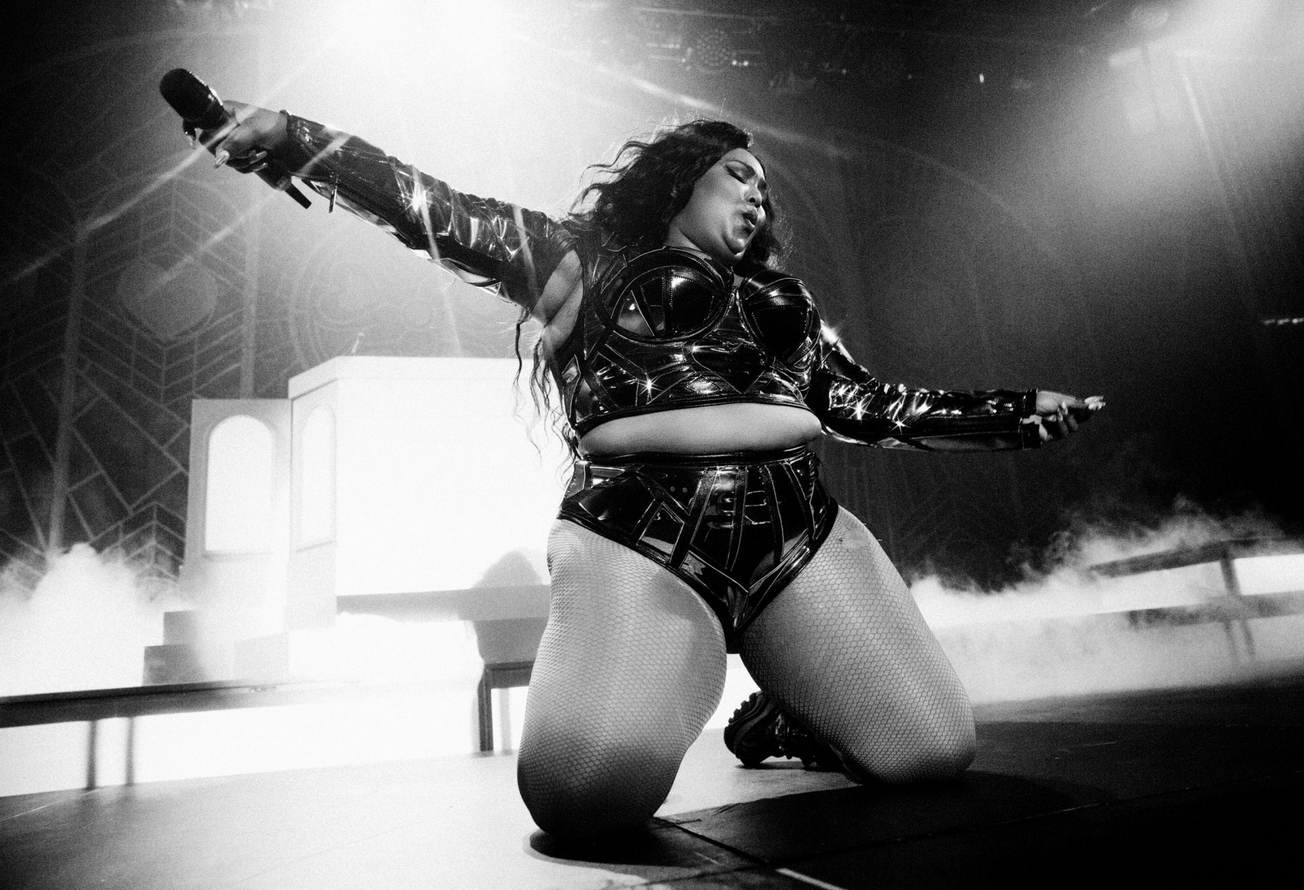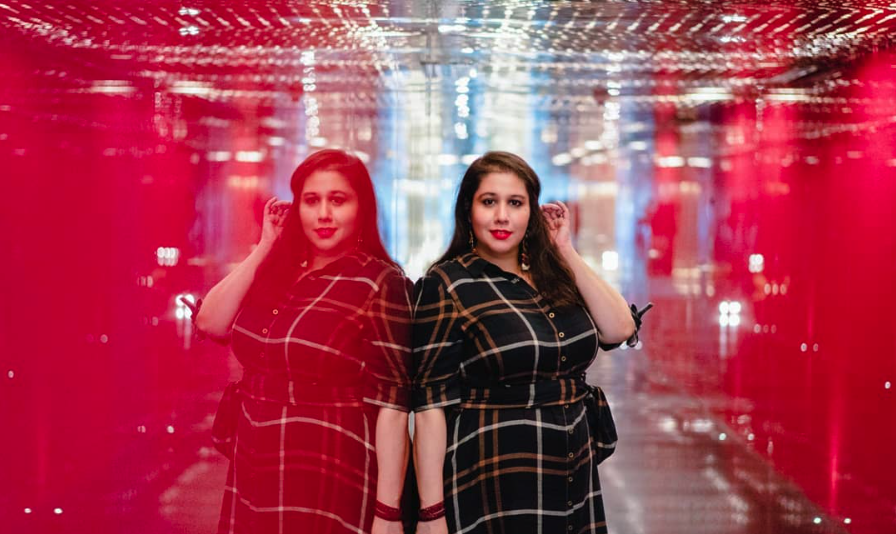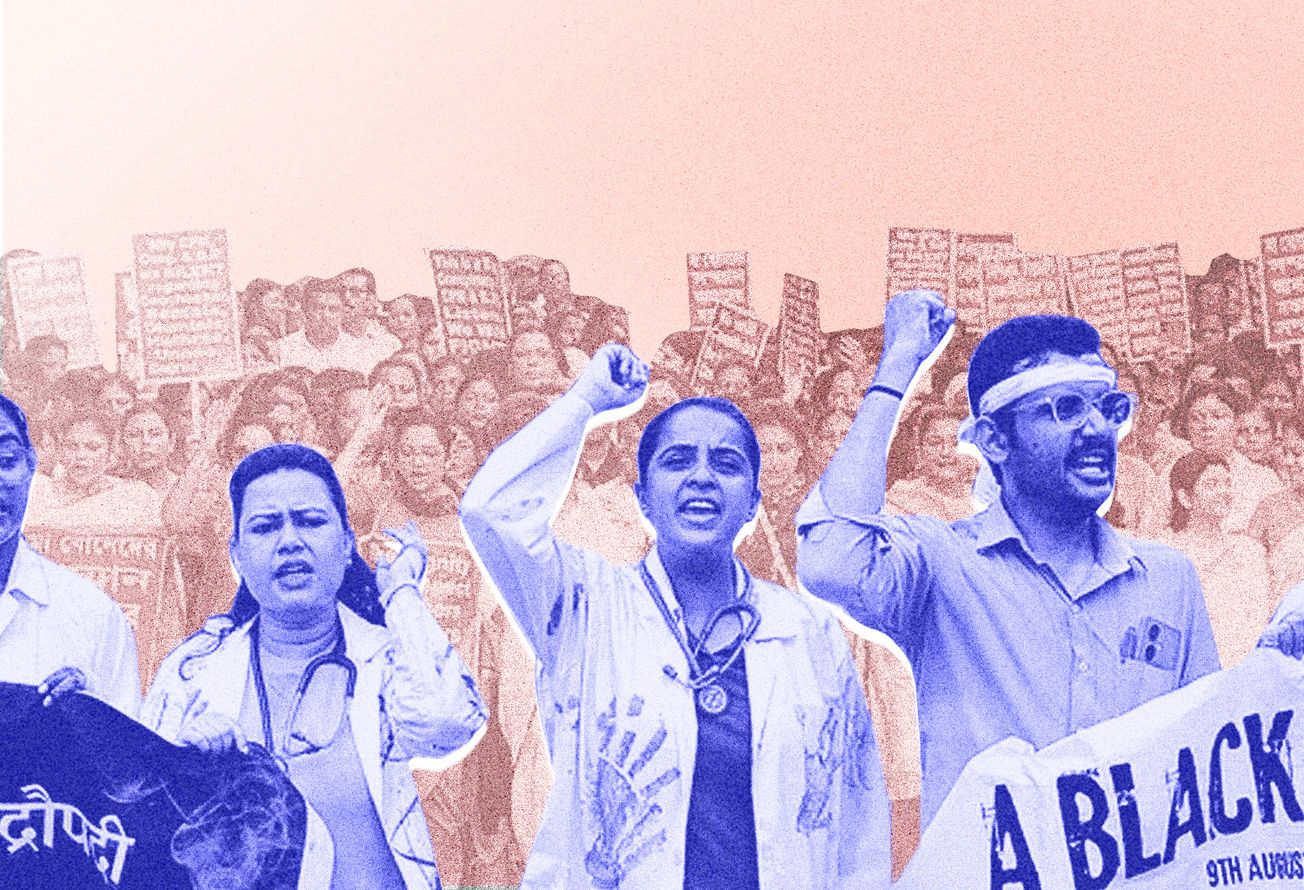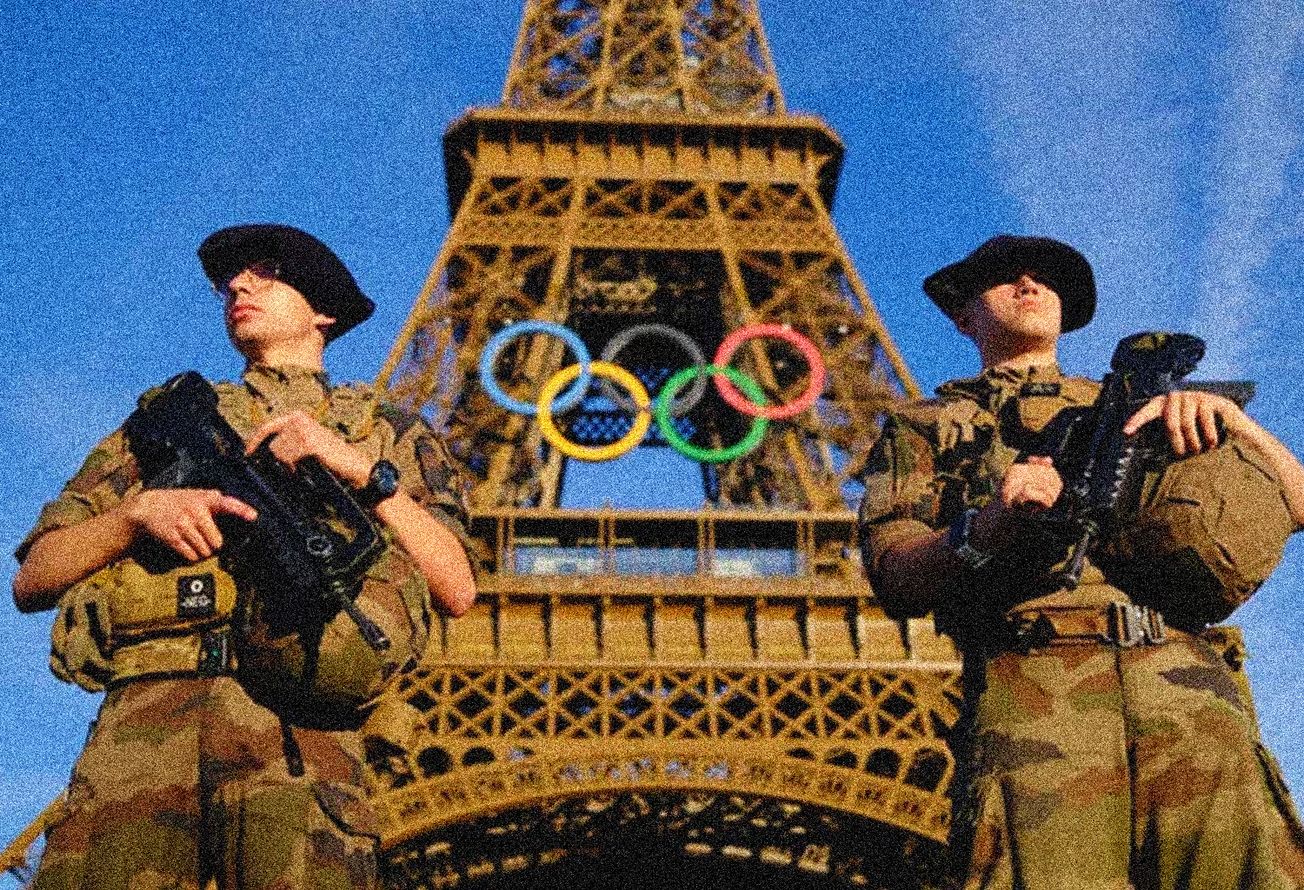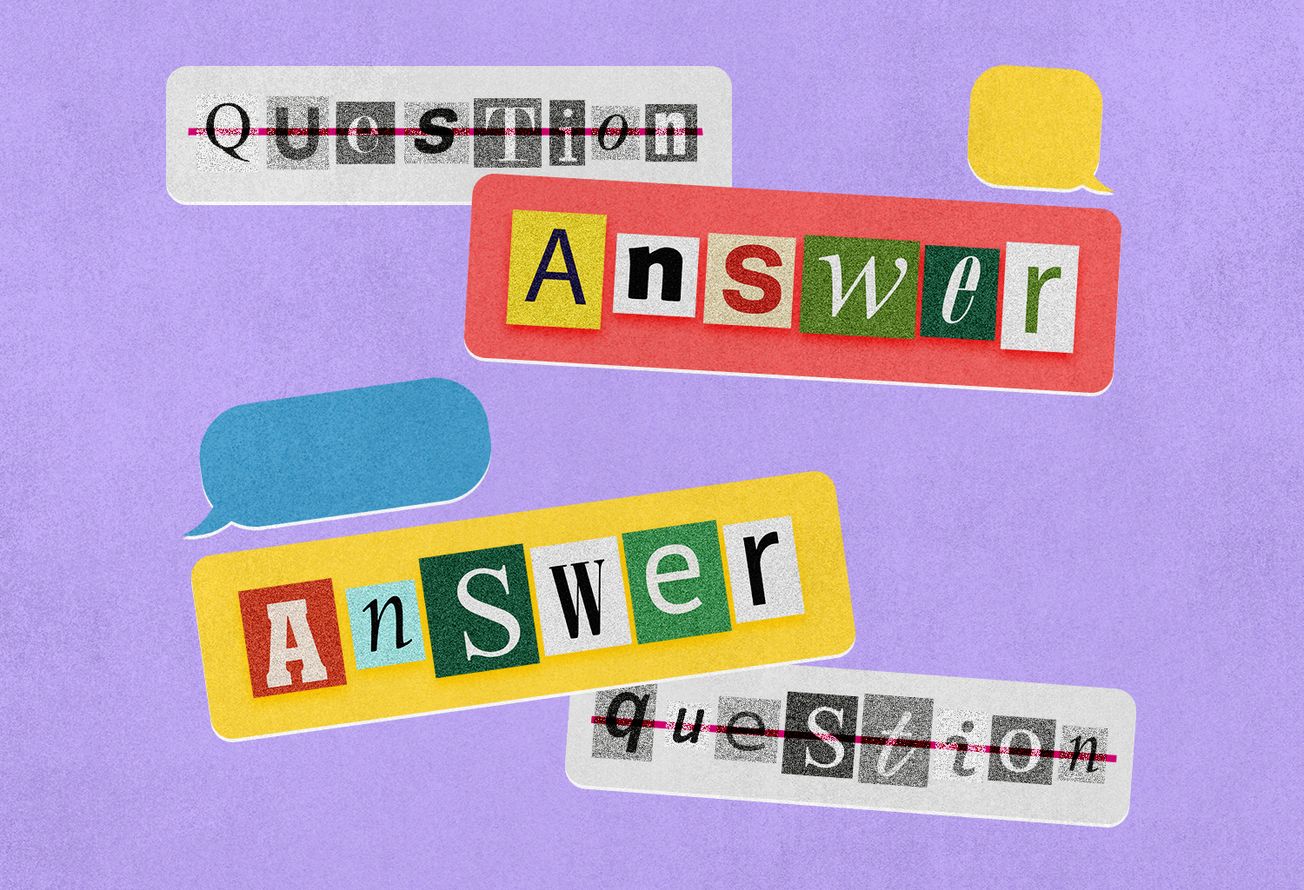Image Credits: Monstera Production
For as long as I can remember, I have been fat—first, a chubby kid and then, an overweight adult. Somehow, it never bothered me. No one spoke about dieting or achieving a target weight in my family. I was happy the way I was, or so I thought.
It took me a little over three decades to realize why I had never had an issue with my weight and how I had come to take it in my stride—I had simply not acknowledged my body, never claimed it in a powerful way to use it well, nor loved it as I should have. For all practical purposes, my body was invisible to me.
So, does not having a body image protect you from feeling hurt? Quite the contrary— it can be inimical to your being. I have learnt that it affected not only how I used my body physically, but it impacted my reality in a significant manner: how I interacted with others, how much power I gave myself in a relationship, how I dressed, how I conducted myself, and the physical activities I wrote off from my life without even trying—cycling, swimming, outdoor sports, or dancing, etc. I ended up disconnecting from my body and my body retained the weight to ground itself in this reality.
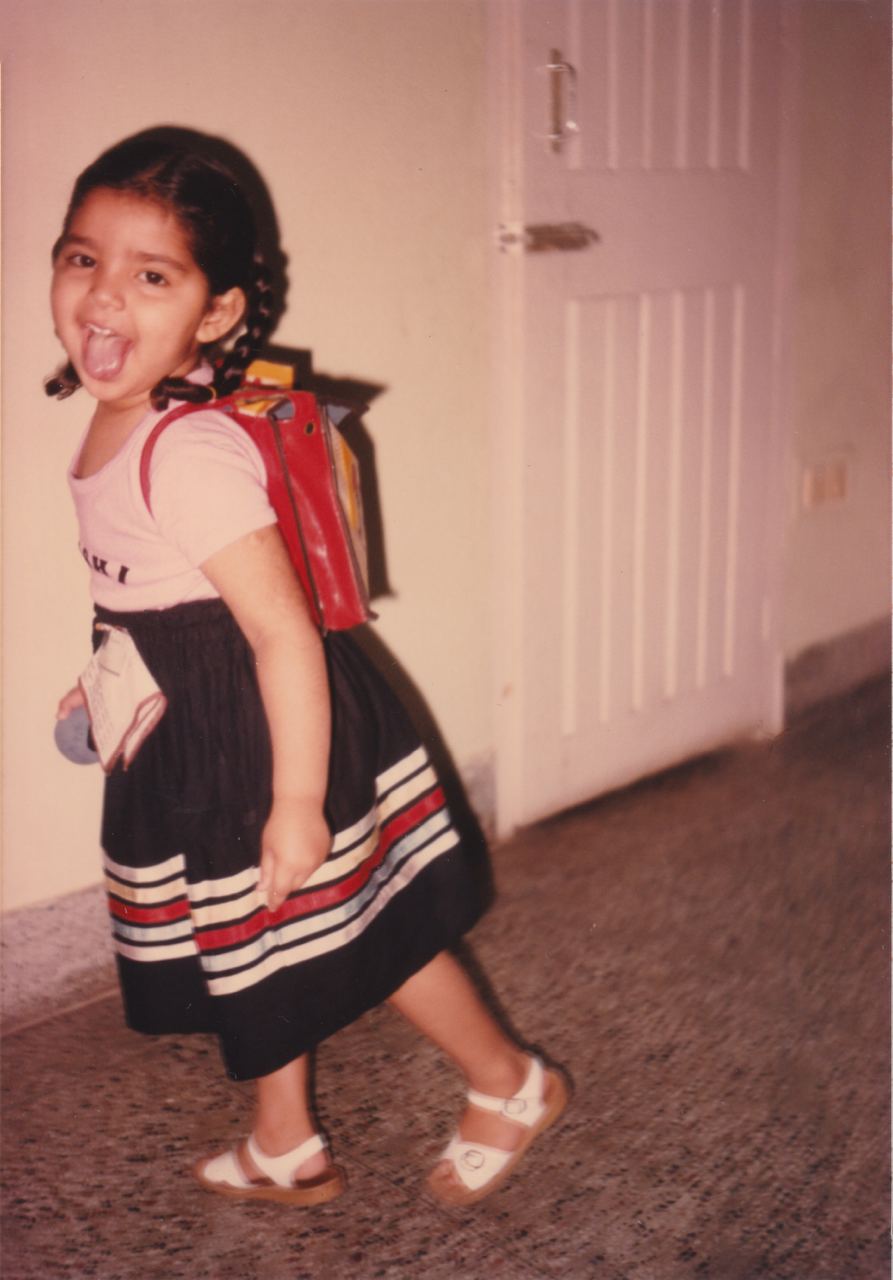
It was a coping mechanism, a subconscious manoeuvre to insulate myself and my body from socially acceptable standards of beauty, so that I could immobilize my inner critic. My body and I were distant allies at best. This led to me accepting myself only in parts, just enough to neither feel very inadequate nor realize that there were aspects of my being that felt unloved, unheard and unaccepted. I didn’t give myself a chance, even if to fail, at something that challenged my body in a physical way. As a consequence, I blocked an important life lesson— the magic of doing something without the fear of failure. It felt safe this way—to ignore my body. My mind seemed to compensate by working overtime to secure exceptional grades and a coveted job. But none of this brought me closer to my truth nor to the person I really was.
It was at a vipassana (silent meditation) retreat that I first learnt how to really experience my body. Those eleven days were key for me to understand the workings of my inner being. It began with learning how to focus on the breath and training the mind to concentrate on the sensations in a small triangular portion of my face, below the nose and above the mouth, the entry point for prana or life-giving breath. It took a day or so, to bring that portion of my body to life and a couple of days more to realize that every inch of my body was full of sensation. The rules of vipassana mandated silence and required me to disconnect myself from people, technology, and any other external distractions, thereby cutting out any triggers, thoughts, responses, and reactions. With every passing day, I got better at experiencing these sensations and enduring the pain that accompanied the one-hour group meditation where we were required to sit without moving the body even once. It was during these sittings that I first felt a stream of energy running through my body. As I continued my body scans, the sensations that emerged in different parts of the body merged to create a continuous stream of energy, an exhilarating experience. The teacher had warned us to not constantly yearn for this state—it was a state of heightened energy that would eventually be dispersed. So wonderful and yet, like everything else, temporary.
What it did for me, was to alert me to the fact that my body was the ultimate vehicle for me to connect to my “self”. I realized that I needed to clear my mind and keep it still to see things as they really were. The body is a conduit for transformation and for the inner work that provides access into the self. The self being the all-pervading and underlying consciousness that is pure, untouched, and undisturbed—a state of bliss and peace that we all yearn for.
When I started accepting my body and living in greater awareness of it, I developed trust and a sense of connection with it. I began to honour, acknowledge, and respect it. This kind of “body-awareness,” as Eckhart Tolle calls it, helped me distance myself from the inner critic—that unkind voice that told me that I was not doing enough; that I wasn’t enough. More importantly, my body helped bring my attention and awareness back to the only “real” moment I have—the present.
Having learnt to accept my body allowed me to use it with more responsibility and with more love. I now strive to take care of it, for the sake of it, for myself.
Some practices that help in remaining aware of the body -
1. A Bucket Bath
A bucket bath slows down the bathing process. As one waits for the bucket to fill with water, it not only helps us be more mindful about conserving water, it also slows down the thinking process. The repetitive act of bending over and filling water in a mug and throwing water over the body, applying soap, and washing it off helps in realigning to our center and in maintaining a connection with the body by reaching out to its different parts. Add a few drops of your favourite essential oil to the water to transform the daily act of bathing into a ritual for grounding;
2. Patting
Pat all over the body with your hands to wake it up in the morning and energize it— this can be done at any time of the day;
3. Walking Meditations
This is an incredible way to understand how every step does matter. The brain learns to unlearn the act of walking by slowing down and focusing on how you actually walk, when you don’t walk in autopilot mode. After all, it takes babies more than a year to learn how to walk;
4. Yoga Nidra
A guided meditation that involves lying down in corpse pose and doing a slow and systematic body scan, to develop awareness of the sensations in each part of the body. It leads to relaxation and sleep, as the body and mind wind down; and
5. Physical Exercise
After any form of physical exercise, pause and see how you feel.



